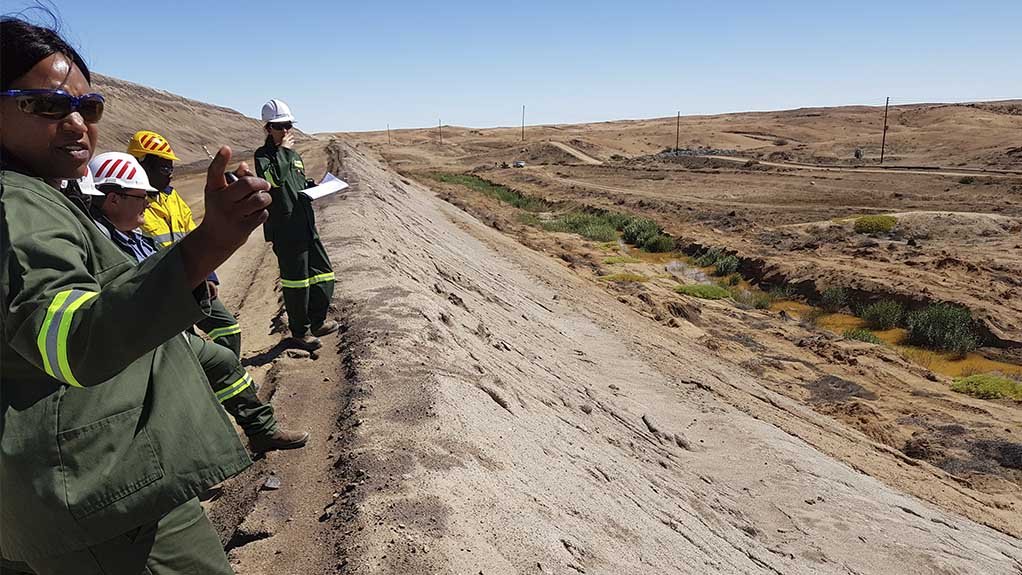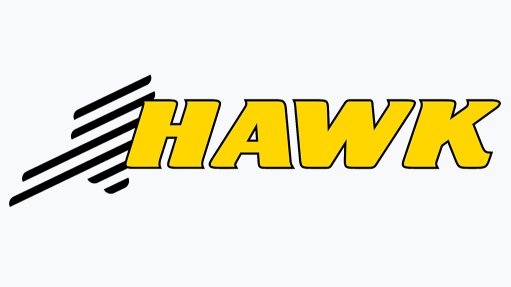Improved tailings disposal could reduce water use


FOR THE BETTER OF IT The company assist several mining clients with water and waste management design for greenfield operations, as well as expansion plans for existing mines
Namibia is a water-scarce country in most areas; therefore, minimising water consumption in ore processing is a focus area, especially for tailings disposal, which can account for over 50% of all water used in processing, states engineering and environmental firm Knight Piésold mining services technical director Andrew Copeland.
Water scarcity will likely also drive increased desalinated seawater consumption, as well as groundwater protection projects, he says.
“We will assist several mining clients with water and waste management design for greenfield operations, as well as expansion plans for existing mines, this year.”
Knight Piésold has notable dewatered tailings disposal experience and expects more projects to consider and implement such facilities – in addition to those already in operation at the Skorpion Zinc operation, and at the Navachab openpit gold mine.
Dewatered tailings, often referred as “dry tailings”, are not really dry but can be filtered to 15% to 30% residual moisture content. The tailings are then conveyed or trucked to a tailings disposal facility or are co-disposed with waste rock. This allows for 70% to 85% of the process water to be recycled directly at the plant with reduced water losses through seepage, entrainment or evaporation.
This technology is particularly interesting in dry climates to reduce water consumption but also reduce seepage potential. Careful engineering is required, particularly in wetter climates or when the facility still needs to be lined, to ensure that the tailings do not develop undrained properties prone to liquefaction.
“Our scope for these projects includes design of the storage facility and containing structures, staging plans, geotechnical studies, stormwater management, and mitigating groundwater contamination through groundwater modelling studies. We have seen a real benefit in optimising mine infrastructure through design to offer more cost-effective and integrated solutions.”
The company is also involved in the auditing and implementation of the 2020 Global Industry Standard on Tailings Management (GISTM), published by the International Council on Mining and Metallurgy, notes Copeland.
The standard, launched in August 2020, aims to improve the safety of tailings facilities.
Copeland says the company will offer training for safe and sustainable tailings management, including courses on the GISTM and other guidelines in Namibia, this year.
This training will provide up-to-date information on how to plan, implement, operate, and sustainably manage tailings dams safely and effectively, consistent with various government and duty of care obligations, he explains.
Knight Piésold lead engineer in Namibia Veronique Daigle, is a Verification Service Provider assisting with Towards Sustainable Mining initiatives and protocols developed by the Mining Association of Canada.
“This is one of the lead initiatives in the world in terms of promoting continuous improvement in responsible mining. We are excited to see more of our clients moving forward as best practices evolve.”
The company is involved in such remote monitoring and its services include assisting mines in installing monitoring systems comprising cameras, drones and satellite surveys, as well as remote sensors, such as piezometers, to measure water levels, or deflectometers and laser surveys to measure movement.
Article Enquiry
Email Article
Save Article
Feedback
To advertise email advertising@creamermedia.co.za or click here
Press Office
Announcements
What's On
Subscribe to improve your user experience...
Option 1 (equivalent of R125 a month):
Receive a weekly copy of Creamer Media's Engineering News & Mining Weekly magazine
(print copy for those in South Africa and e-magazine for those outside of South Africa)
Receive daily email newsletters
Access to full search results
Access archive of magazine back copies
Access to Projects in Progress
Access to ONE Research Report of your choice in PDF format
Option 2 (equivalent of R375 a month):
All benefits from Option 1
PLUS
Access to Creamer Media's Research Channel Africa for ALL Research Reports, in PDF format, on various industrial and mining sectors
including Electricity; Water; Energy Transition; Hydrogen; Roads, Rail and Ports; Coal; Gold; Platinum; Battery Metals; etc.
Already a subscriber?
Forgotten your password?
Receive weekly copy of Creamer Media's Engineering News & Mining Weekly magazine (print copy for those in South Africa and e-magazine for those outside of South Africa)
➕
Recieve daily email newsletters
➕
Access to full search results
➕
Access archive of magazine back copies
➕
Access to Projects in Progress
➕
Access to ONE Research Report of your choice in PDF format
RESEARCH CHANNEL AFRICA
R4500 (equivalent of R375 a month)
SUBSCRIBEAll benefits from Option 1
➕
Access to Creamer Media's Research Channel Africa for ALL Research Reports on various industrial and mining sectors, in PDF format, including on:
Electricity
➕
Water
➕
Energy Transition
➕
Hydrogen
➕
Roads, Rail and Ports
➕
Coal
➕
Gold
➕
Platinum
➕
Battery Metals
➕
etc.
Receive all benefits from Option 1 or Option 2 delivered to numerous people at your company
➕
Multiple User names and Passwords for simultaneous log-ins
➕
Intranet integration access to all in your organisation















